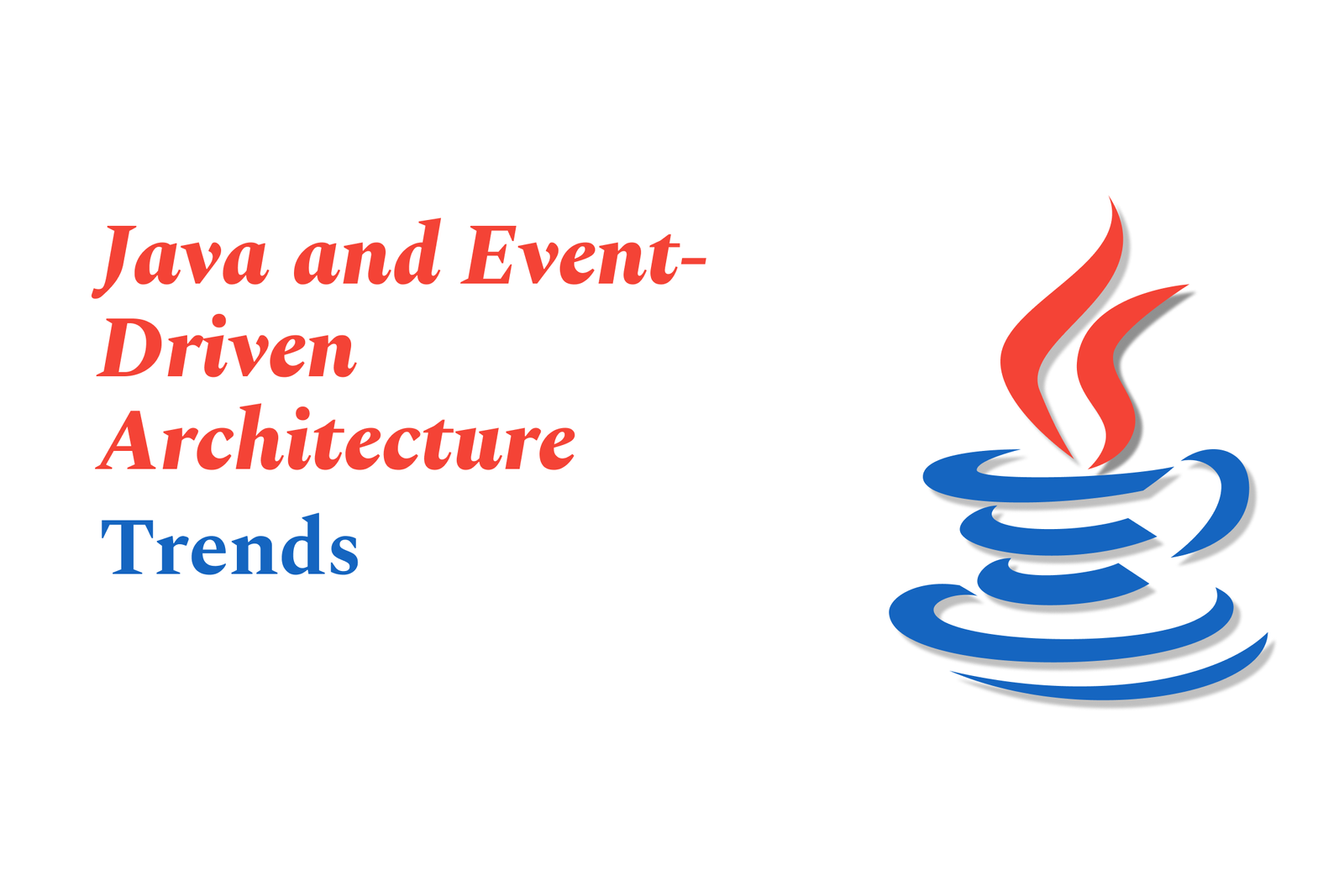Java and Event-Driven Architecture: Trends
Java plays a key role in Event-Driven Architecture (EDA), enabling real-time, asynchronous applications with robust tooling and frameworks. Trends show growing adoption of EDA in digital ecosystems, emphasizing reactive design, decoupling, and scalable event-driven solutions for modern business needs.
Java and Event Driven Architecture: Trends
1 ) Introduction to Event Driven Architecture (EDA) and Its Relevance to Java
Event Driven Architecture is gaining significant traction as organizations demand real time, responsive digital experiences. Unlike traditional request response models, EDA enables asynchronous communication where clients subscribe once and receive continuous event updates automatically. This shift supports interactive, immediate user experiences and real time business decision making. Java, as a versatile and widely used programming language, plays a crucial role in developing applications leveraging EDA due to its robustness and ecosystem support.
2 ) Evolution of Event Driven Design
The architecture evolved from simple subroutine calls to distributed systems using remote procedure calls (RPC). While traditional APIs based on HTTP and request response patterns worked well for synchronous operations, modern applications demand asynchronous, event driven designs to handle state changes and events in real time. The transition supports multiexperience interactions such as conversational and immersive technologies, with strong influence from serverless and edge computing innovations.
3 ) Event Types and Definitions in the Industry
Events in EDA are categorized mainly by their size and focus:
Coarse (Fat) Events: Contain extensive data, often entire entities; generally arise from CRUD operations (create, read, update, delete).
Granular Events: Slim, usually containing minimal data like identifiers; focused on behavior or notifications to trigger workflows or business processes.
4 ) Challenges with Data Centric (CRUD Driven) Events
There is an industry trend toward data centric events that replicate CRUD functionality through coarse events. While such design enables data propagation between services, it introduces a form of coupling through the event message contract. This undermines the decoupling benefits of EDA since consumers must depend on the structure and content of these data heavy events, limiting flexibility and agility.
5 ) Benefits of True Event Driven Architecture
EDA offers decoupling of producers and consumers, potentially removing temporal dependencies when using message brokers. It empowers enterprises to build fluid, real time applications that meet modern user expectations for immediacy and relevance. It also facilitates integration within event driven digital business ecosystems, which Gartner forecasts to become a majority practice in organizations.
6 ) Java’s Role and Support for Event Driven Architectures
Java continues to support the development of event driven applications through advances in its platform, frameworks, and tools. High productivity tools for event driven design are increasingly included in leading Java application platforms. The language’s features, such as concurrency utilities and reactive programming libraries, enable efficient handling of asynchronous events supporting scalable, maintainable EDA solutions.
7 ) Industry Forecasts and Trends
According to Gartner:
Over 60% of new digital business solutions will incorporate event notifications.
More than half of all business organizations will engage in event driven digital ecosystems.
Event mediation and management will become integral in API operations.
These trends emphasize that EDA is becoming a foundational approach in software architecture, especially for Java based systems in critical business environments.
Summary:
Event Driven Architecture represents a paradigm shift in how modern applications are designed, particularly in asynchronous and real time communication. Java's mature platform and ecosystem are instrumental in adopting EDA, though challenges persist around event granularity and coupling with data centric designs. Industry forecasts predict widespread adoption of EDA, marking its significance in the future of software architecture and integration.
https://justacademy.in/news-detail/how-react-native-is-making-foldable-phone-apps-easy
https://justacademy.in/news-detail/google-play-store-policy-changes-2025
https://justacademy.in/news-detail/flutter-internships-&-mentorships-2025
https://justacademy.in/news-detail/apple?s-new-developer-documentation-portal-explained
https://justacademy.in/news-detail/java-concurrency-utilities:-new-features-and-fixes
Related Posts
In 2025, top Angular libraries offer modern, feature-rich components and tools for building dynamic web apps. From powerful data grids to low-code platforms like UI Bakery, these libraries enhance development speed, UI design, and scalability, making them essential for Angular developers.
Migrating from AngularJS to Angular 17 involves gradually upgrading your app by running both frameworks together using tools like ngUpgrade, rewriting components in TypeScript, and adopting Angular’s modern architecture to enhance performance, maintainability, and long-term support.
Angular state management tools help organize and handle app data efficiently, improving scalability and maintainability. Popular options include NgRx for robust, RxJS-based patterns, and newer Signal Store solutions that offer simpler, reactive approaches integrated tightly with Angular’s latest features.
RxJS in Angular empowers developers to manage asynchronous data streams with powerful operators like `forkJoin`, `combineLatest`, and `zip`. Mastering these key operators in 2025 is essential for building efficient, reactive applications that handle complex event sequences seamlessly.
Angular performance optimization in 2025 focuses on improving app speed and responsiveness by using techniques like OnPush change detection, lazy loading, efficient data caching, and AOT compilation. These practices reduce load times, enhance user experience, and ensure scalable, fast Angular applications.
In 2025, Angular remains preferred for large-scale, enterprise apps with its robust, all-in-one framework, while Vue attracts developers seeking simplicity and fast development for smaller projects. Both frameworks excel, with choice driven by project needs and team expertise.
Angular Signals are a new reactive primitive in Angular 16 that enable fine-grained, efficient change detection by automatically tracking dependencies and updating only affected parts of the UI. They simplify state management and boost app performance, revolutionizing Angular's reactivity model.
Angular interview questions to prepare in 2025 focus on core concepts like components, directives, data binding, routing, and dependency injection, along with TypeScript mastery and latest Angular features to ensure strong practical knowledge for building scalable, efficient web applications.
AngularJS reached its official end of support in January 2022, meaning no further updates or security patches. To ensure app security and performance, developers should consider migrating to modern Angular versions or seek third-party long-term support options if immediate migration isn’t possible.
The Angular Roadmap 2025 highlights upcoming features focused on improving developer experience and performance, including zoneless Angular, Signals integration, enhanced Forms, async data handling, improved HMR, and expanded Angular Material/CDK enhancements, driving modern, efficient web app development.










